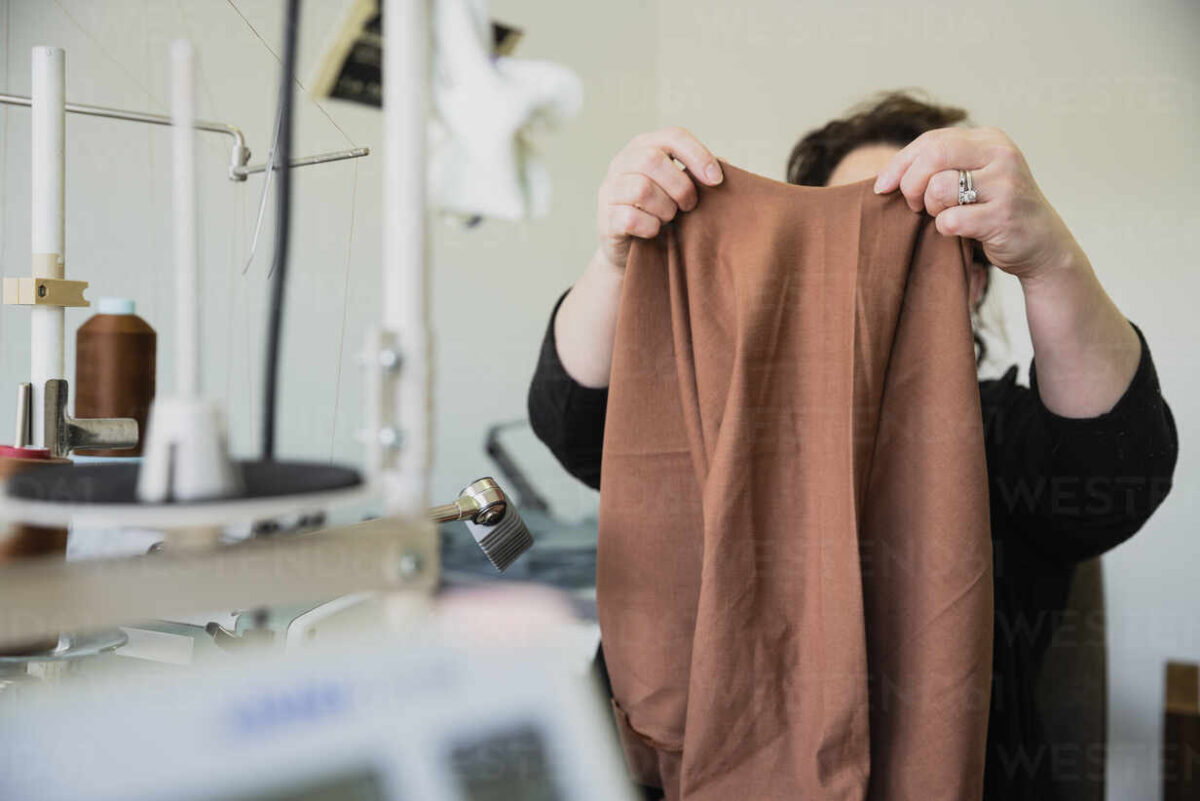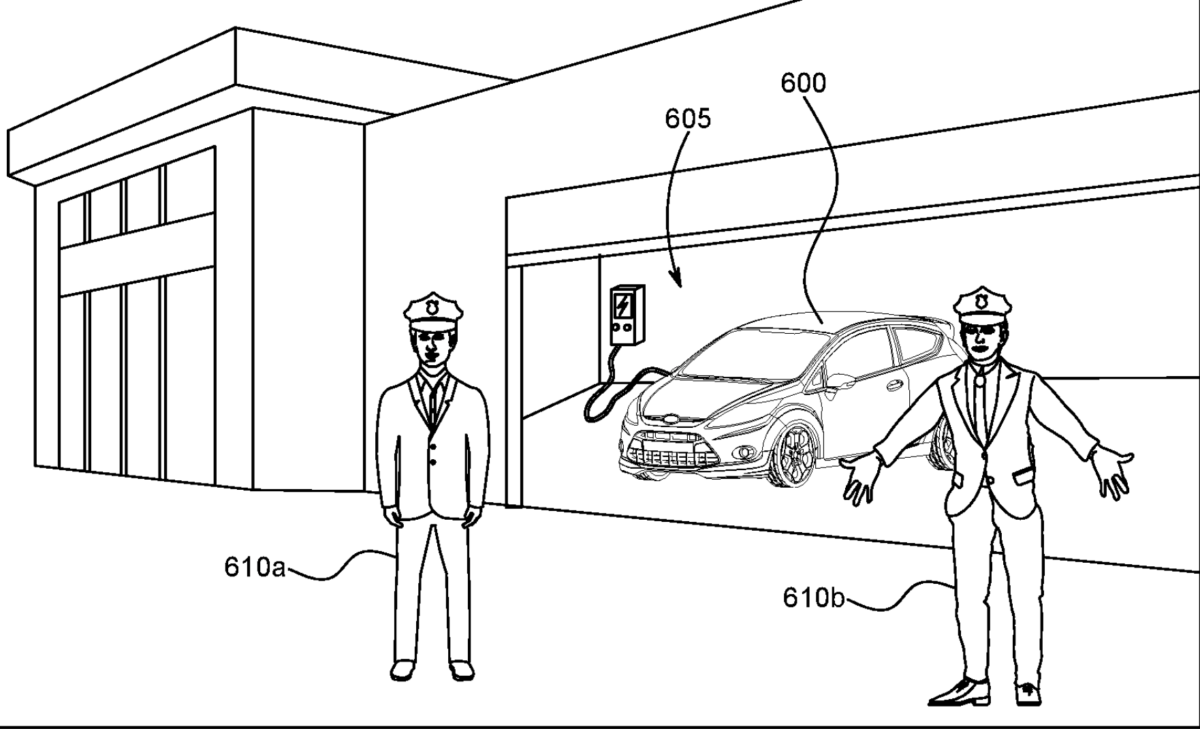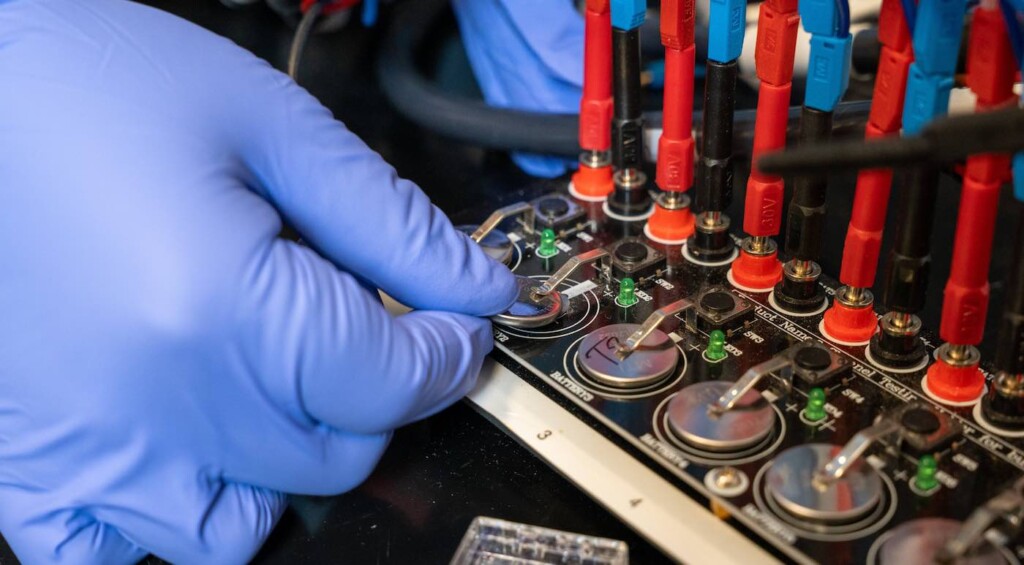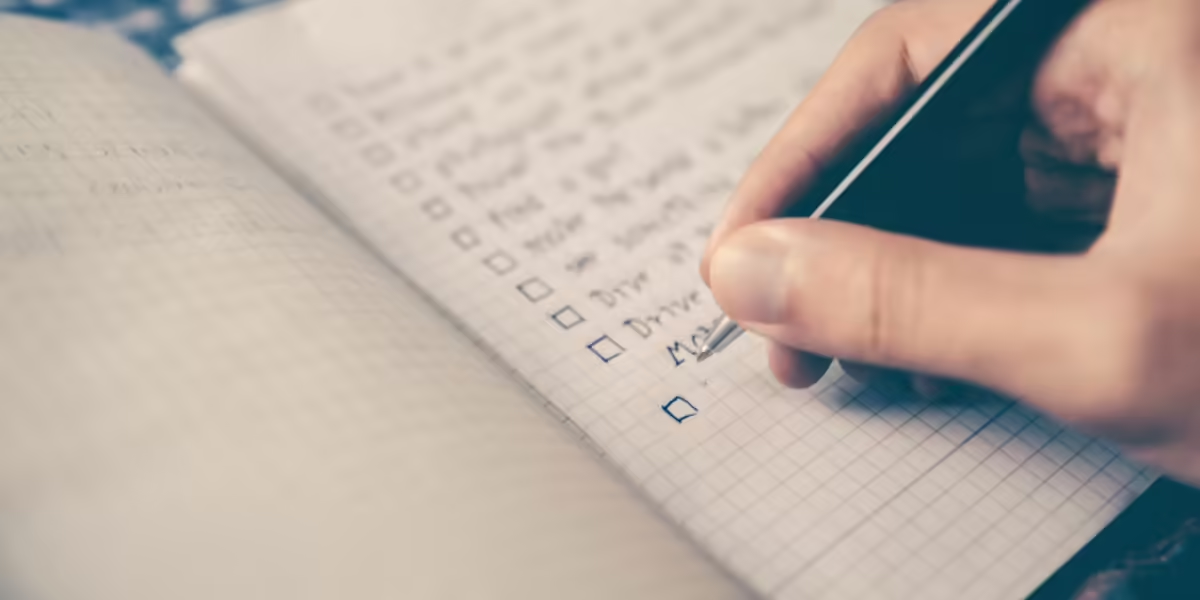Adaptive Skin Fabric
We’ve all felt uncomfortable when our clothing doesn’t match the weather—like being too hot in a jacket or too cold without one. As a solution the researchers at the University of California, Irvine, have created a new type of fabric that can adjust its temperature to keep you comfortable in any weather. This innovative material lets air flow through easily, is simple to wash, and can be used in a variety of flexible clothing items. The inspiration for this fabric comes from squid skin, which can change color. Just like squid skin has layers that help it manipulate light, this new material works by reacting to the heat from your body. When your body temperature goes up, it releases heat as invisible infrared radiation. The fabric is designed to detect this heat and adjust itself to keep you comfortable.
Here’s how it works: the fabric is made of a special polymer covered with tiny copper pieces. When you stretch it, these pieces move apart, changing how the fabric interacts with heat. This means it can help keep you cool when it’s hot and warm when it’s cold. To make the fabric even better, the researchers ensured it could be washed, breathe well, and be easily added to other fabrics. They used a thin layer to make it washable, created holes for airflow, and attached it to a mesh to help it blend into different materials. This way, it can let air and moisture pass through, similar to regular cotton.
The researchers tested the fabric’s ability to regulate temperature and found that their improvements didn’t affect its heat-controlling abilities. According to study author Alon Gorodetsky, this advanced fabric has exciting potential for various clothing, especially for cold-weather gear like ski jackets, thermal socks, insulated gloves, and winter hats. He also mentioned that the techniques they used could be applied to other wearable technologies, making them washable and flexible too.






